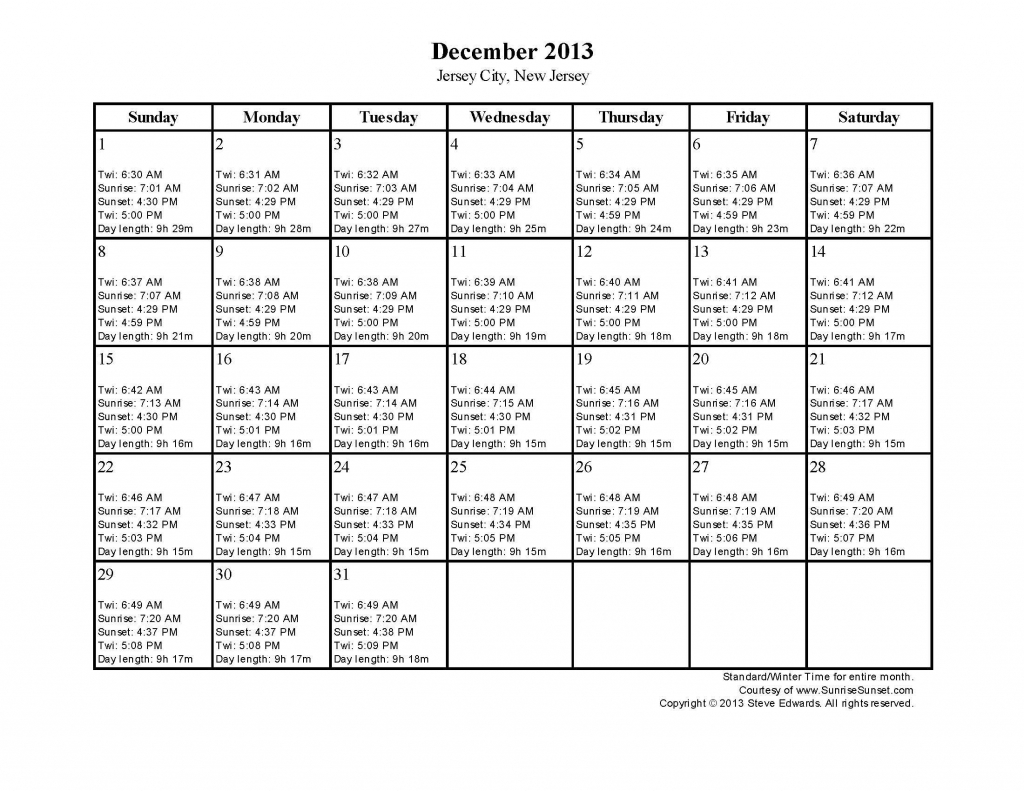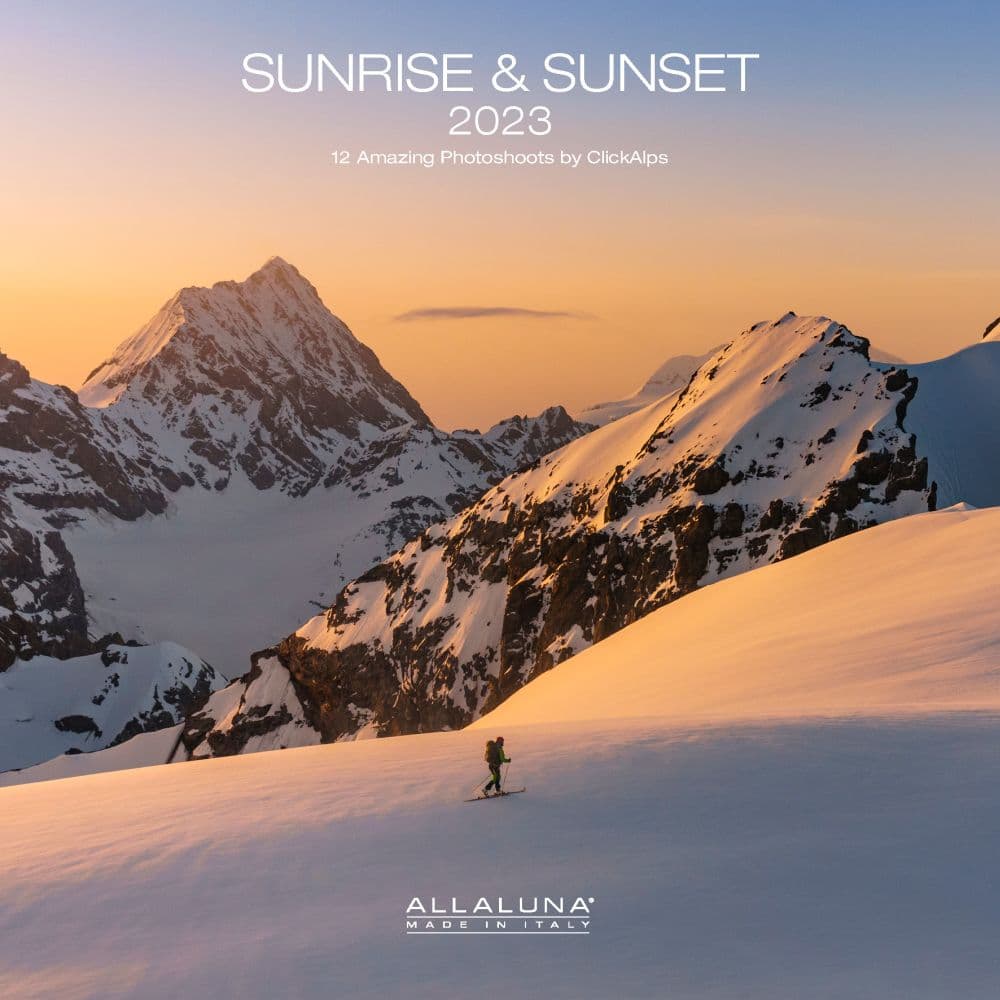Decoding the Celestial Clock: Understanding and Using Dawn and Sundown Calendars
Associated Articles: Decoding the Celestial Clock: Understanding and Using Dawn and Sundown Calendars
Introduction
With nice pleasure, we are going to discover the intriguing subject associated to Decoding the Celestial Clock: Understanding and Using Dawn and Sundown Calendars. Let’s weave fascinating data and provide contemporary views to the readers.
Desk of Content material
Decoding the Celestial Clock: Understanding and Using Dawn and Sundown Calendars

The solar, our celestial anchor, dictates the rhythm of our days. Its day by day journey throughout the sky, marked by dawn and sundown, has formed human civilizations for millennia. From historic agricultural practices to modern-day scheduling, understanding and predicting these pivotal moments stays essential. This text delves into the intricacies of dawn and sundown instances, exploring their variations, the components influencing them, and the varied functions of dawn and sundown calendars.
The Mechanics of Dawn and Sundown:
The exact instances of dawn and sundown aren’t merely a matter of the Earth rotating on its axis. A number of components intertwine to create the advanced patterns we observe all year long:
-
Earth’s Axial Tilt: The Earth’s axis is tilted at roughly 23.5 levels relative to its orbital aircraft across the solar. This tilt is the first cause for the seasons. Throughout summer time within the Northern Hemisphere, the North Pole is tilted in direction of the solar, leading to longer days and shorter nights. The other happens in winter.
-
Earth’s Orbit: The Earth’s orbit across the solar is elliptical, not completely round. This implies the Earth’s distance from the solar varies all year long, subtly influencing the period of daylight. Nevertheless, this impact is much less vital than the axial tilt.
-
Latitude: A location’s latitude considerably impacts dawn and sundown instances. Places nearer to the equator expertise comparatively constant day lengths all year long, with minimal variation between dawn and sundown instances. As you progress in direction of the poles, the variation turns into more and more dramatic, with excessive variations between the longest and shortest days of the 12 months.
-
Longitude: Whereas much less impactful than latitude, longitude performs a task in figuring out the exact time of dawn and sundown. Places additional east expertise dawn earlier and sundown later than areas additional west.
-
Atmospheric Refraction: The Earth’s ambiance bends daylight, inflicting the solar to seem barely increased within the sky than its precise geometric place. This impact barely extends the period of daylight, making dawn happen a couple of minutes earlier and sundown a couple of minutes later than calculated with out contemplating atmospheric refraction.
-
Terrain and Obstructions: Mountains, hills, and buildings can hinder the solar’s direct rays, affecting the native dawn and sundown instances. A location nestled in a valley would possibly expertise a later dawn and earlier sundown in comparison with a close-by elevated space.
The Significance of Dawn and Sundown Calendars:
Dawn and sundown calendars, available on-line and in print, present exact instances for these occasions for particular areas and dates. These calendars are invaluable instruments for a variety of functions:
-
Agriculture: Farmers rely closely on dawn and sundown instances for planning planting, harvesting, and irrigation schedules. Understanding the exact quantity of daylight out there is essential for optimizing crop development.
-
Pictures: Photographers use dawn and sundown calendars to plan shoots, profiting from the "golden hour" and "blue hour" – durations of soppy, subtle mild that produce beautiful pictures.
-
Aviation: Pilots use dawn and sundown instances for flight planning, significantly in conditions the place visibility is a essential issue. Understanding the time of civil twilight (when the solar is 6 levels beneath the horizon) is vital for secure takeoff and touchdown.
-
Outside Recreation: Hikers, campers, and different outside lovers use dawn and sundown instances to plan their actions, making certain they’ve sufficient daylight for his or her adventures and avoiding doubtlessly harmful conditions at midnight.
-
Astronomy: Astronomers use dawn and sundown instances to find out the perfect instances for astronomical observations. The absence of daylight permits for clearer views of celestial objects.
-
Wildlife Commentary: Understanding dawn and sundown instances is essential for wildlife statement, as many animals are most lively throughout these durations.
-
Vitality Administration: Photo voltaic vitality techniques rely closely on dawn and sundown instances for optimum vitality manufacturing. Understanding these instances permits for environment friendly vitality storage and distribution.
-
Safety and Security: Safety techniques and lighting schedules usually make the most of dawn and sundown instances to automate operations, enhancing security and vitality effectivity.
Variations in Dawn and Sundown Instances All through the Yr:
Essentially the most vital variation in dawn and sundown instances happens yearly, pushed by the Earth’s axial tilt and orbital path. The solstices and equinoxes mark key factors on this cycle:
-
Summer season Solstice (Northern Hemisphere): This happens round June twenty first, marking the longest day and shortest evening of the 12 months within the Northern Hemisphere. Dawn is earliest and sundown is newest.
-
Winter Solstice (Northern Hemisphere): This happens round December twenty first, marking the shortest day and longest evening of the 12 months within the Northern Hemisphere. Dawn is newest and sundown is earliest.
-
Equinoxes: These happen round March twentieth (vernal equinox) and September twenty third (autumnal equinox). On nowadays, the size of day and evening is roughly equal throughout the globe.
The particular instances of dawn and sundown fluctuate significantly based mostly on latitude. On the equator, the variation all year long is minimal, whereas on the poles, the distinction may be excessive, with durations of steady daylight in summer time and steady darkness in winter.
Utilizing and Deciphering Dawn and Sundown Calendars:
Dawn and sundown calendars sometimes current knowledge in tabular or graphical format. The knowledge normally consists of:
- Date: The particular date for which the dawn and sundown instances are offered.
- Dawn Time: The time when the higher limb of the solar seems above the horizon.
- Sundown Time: The time when the higher limb of the solar disappears beneath the horizon.
- Photo voltaic Midday: The time when the solar reaches its highest level within the sky.
- Day Size: The whole period of daylight.
- Twilight Instances: The instances of civil, nautical, and astronomical twilight, which point out various ranges of ambient mild after sundown and earlier than dawn.
It is essential to know that the instances offered on a calendar are normally calculated for a particular location, sometimes the middle of a metropolis or area. Precise dawn and sundown instances could fluctuate barely relying on the observer’s exact location and the presence of obstructions.
Technological Developments and Accessibility:
The appearance of the web and smartphone apps has made accessing dawn and sundown data extremely simple. Quite a few web sites and apps present correct and available knowledge for any location globally. These instruments usually embrace options corresponding to:
- Interactive Maps: Enable customers to pinpoint their location and procure exact dawn and sundown instances.
- Customizable Calendars: Allow customers to generate calendars for particular durations and areas.
- Actual-time Updates: Present present dawn and sundown instances, accounting for variations attributable to climate circumstances.
- Integration with different apps: Enable seamless integration with different planning and scheduling instruments.
Conclusion:
Dawn and sundown calendars are way more than easy timetables; they’re important instruments that mirror the basic relationship between Earth and solar. Understanding the components that affect these instances and using the available sources empowers people and communities to optimize numerous actions, from agriculture and images to aviation and outside recreation. As our reliance on exact timing continues to develop, the significance of correct and readily accessible dawn and sundown data will solely improve.








Closure
Thus, we hope this text has offered priceless insights into Decoding the Celestial Clock: Understanding and Using Dawn and Sundown Calendars. We hope you discover this text informative and useful. See you in our subsequent article!